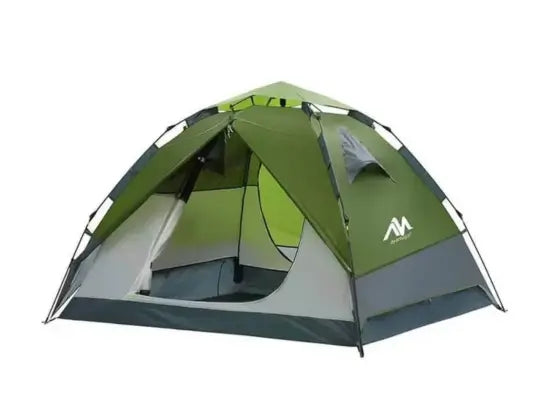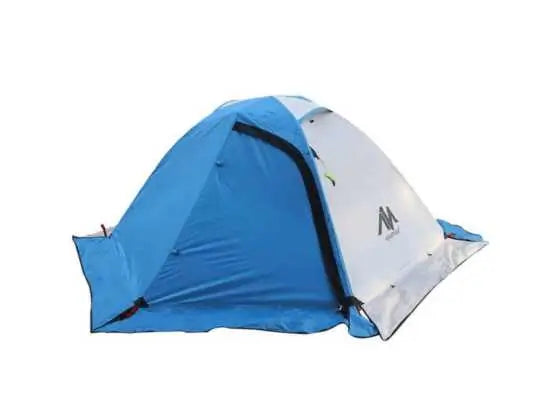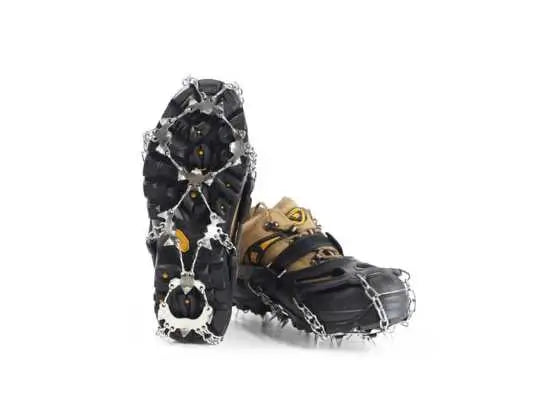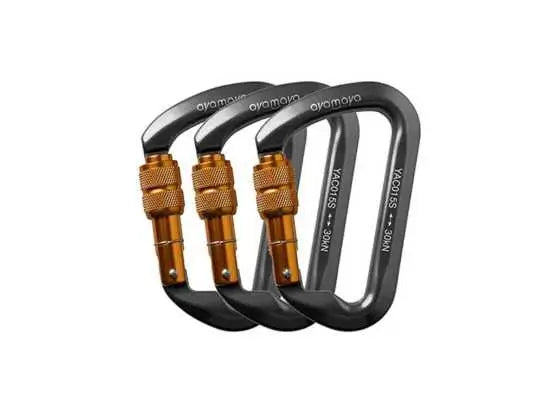Your frequent trips to the backcountry will darken your sleeping bag with grime and dirt. If you think your bag is losing its fluffiness, maybe it is time to consider some cleaning tips. When you take too long to clean your sleeping bag, you are allowing for the buildup of the dirt and oil that interferes with the loftiness and warmth of your sleeping bag.
The article shall deliberate on available washing tips that will make your sleeping bag clean again. Before embarking on the cleaning options, let us understand how often one can do a thorough sleeping bag cleaning.
When should I wash my sleeping bag?
Cleaning your sleeping bag frequently may tamper with its structure. You want your sleeping bag to stand the test of time, and maybe you should minimize the cleaning frequency. Cleaning your sleeping bag once a year is a good practice, then cleaning it after every trip. It may be necessary for hardcore hikers who use their sleeping bags every day to do a frequent cleaning.
You can clean a sleeping bag before storing it or during the end season. It is good to wash a sleeping bag to safeguard it from sticky grease, oils and dirt. Consider the following general tips when you are cleaning a sleeping bag.
- Dry cleaning may not be a good option when cleaning a sleeping bag. Dry cleaning uses harsh industrial solvents and will strip the natural structure of the down sleeping bag.
- You need to embrace good cleaning practices when you are in a camp. Get inside the tent with clean clothes and try as much as possible to prevent dirt buildup by using a bag liner.
You will need to understand what it means to clean a sleeping using the following cleaning options. The article will impart insights on how to machine wash your sleeping bag.
How to Machine Wash a Sleeping Bag
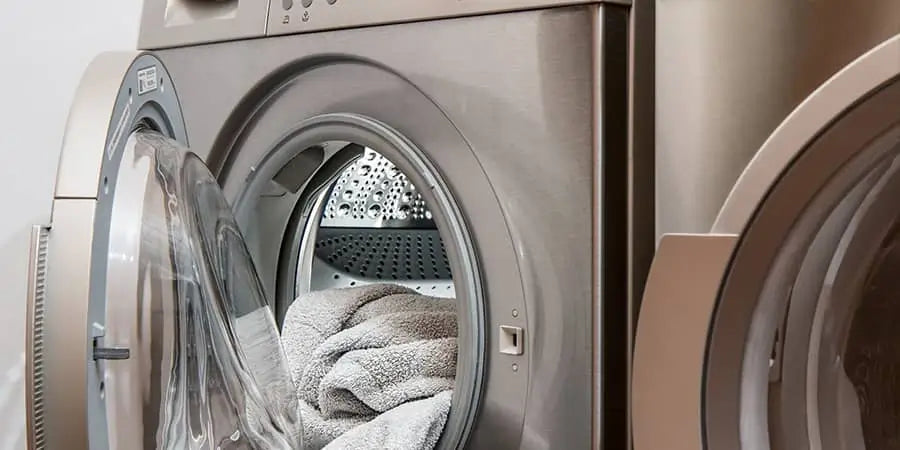
Machine washing a sleeping bag could be the best practice that will effectively clean your bag. You only need to learn the difference when machine washing them down and synthetic sleeping bags.
If you are using a down sleeping bag, check the following tips for machine washing:
- First, you need to check the manufacturer's instructions on the label or even do an online consultation.
- A front-loading commercial washer will be best when machine washing a sleeping bag because it will thoroughly rinse your gear. Try as much as possible t avoid a top-loading washer with an agitator column because it may damage your sleeping bag.
- A gear wash is best for down bags. Ensure that you check if they have a statement for down gears. Avoid standard laundry detergents because they can lead to clumping or reduced loft.
- Before machine washing a down sleeping bag, you should unzip it thoroughly to prevent any slagging or breaking of the slider.
- You will be using warm water when cleaning the down sleeping bag as per the maker's instructions
- Once you are sure that it is clean, you should rinse it twice to ensure that all dirt is removed. Rinsing should be adequate to ensure no moisture is left within the gear.
- Remove it from the washer carefully. It would be best if you supported the entire bag rather than holding part of the bag.
If you are using a synthetic sleeping bag, follow the following cleaning tips using a machine washer:
- Begin by consulting the instruction manual from the manufacture
- Front loading commercial washer is best for a synthetic sleeping bag. Use larger capacity front loading commercial washers because they will ensure a thorough rinse.
- Synthetic cleaners will need proper cleaners. Avoid standard detergents, which can lead to clumping or reduced loft. It may also leave a film that may act as a hydrophobic agent.
- You don't want to break the slider. That is why it is prudent to unzip it completely.
- When washing the synthetic bag, use warm water and a gentle circle according to the manufacturer's manual.
- When you are sure that it is clean, you should thoroughly rinse it twice. The nylon bag may feel spongy after pooling water. You can get rid of this by putting it through another rinsing cycle.
- You will then remove it from the washer once it is rinsed. Support it entirely with your hands to avoid any straining and ripping of the seams.
- Squeeze out excess water and dry it.
Things you need to know when drying your sleeping bag

A down sleeping bag will take longer hours to dry than the synthetic ones. Don't be in a rush with your down sleeping bag. Give it sufficient time to dry out, but it may only need an hour or two for a synthetic sleeping bag.
Check the following tips when drying the down or synthetic sleeping bag:
- You may consider a commercial dryer because it has a larger capacity that will allow fully lofted sleeping bags to tumble.
- When drying your sleeping bag, set it at low heat. High heat can quickly melt the delicate nylon fabric. It is better to wait than to burn the whole thing after spending money and time cleaning.
- When you are drying the down sleeping bag, you should add two to three tennis balls that will help agitate the fill back to the original loft.
- Don't get tired of running as many cycles as possible because the goal is to dry the bag. You can let it run for at least one hour.
- You can also use other drying methods, though it may consume more time. You can lay it on a hang line and allow it to dry in humidity and direct sunlight. You only need to distribute the weight so that you don't stress the nylon.
- You will also need an extra drying option before placing it in a storage bag.
Hand-washing a sleeping bag
- You will need water in your bathtub with cool or warm water
- Get the best cleaning detergent for a down and synthetic load. You do not need too much soap because you will have a challenge rinsing it.
- Once you have your priorities set, lay your bag in the water and gently pass it through the detergents in the entire bag
- Rub it slowly and focus on the areas that are heavily soiled. You may have to allow it to soak for at least one hour.
- You will then remove it and replace the water in the bathtub, press any remaining water and repeat the rinse process until the soap is out.
- Gently squeeze out water and work for your hands underneath and gather it all up in a ball in your hands. The practice is good to avoid straining and stripping the sleeping bag.
- You will then lay it flat on a clean surface in an area with low humidity and no direct sunlight.
Removing spots in a sleeping bag
Because the internal lining at your bag's head and foot locations tend to get dustier, spot cleaning those areas before washing the entire load is a good idea. The spot cleaning procedure is straightforward:
- Apply a tiny amount of mild soap to the spot you're cleaning (the same cleaner you'd use to wash the entire bag).
- Gently clean the shell with a soft-bristle toothbrush.
- Rinse thoroughly with a damp sponge.
You can keep the fabric of the outer shell or liner away from the insulation so you may wash and launder the outer shell without getting the inside fill wet. Allow it plenty of time to dry before using it again.

